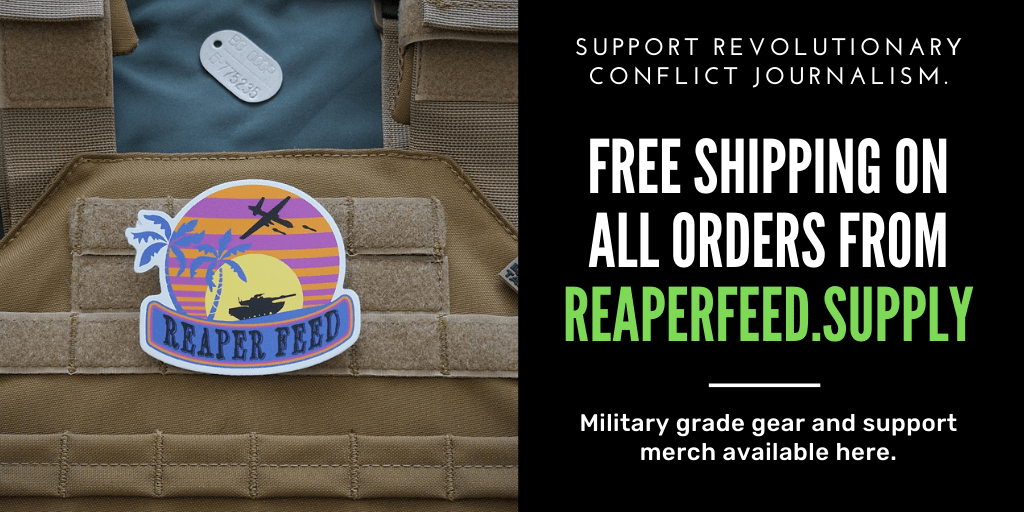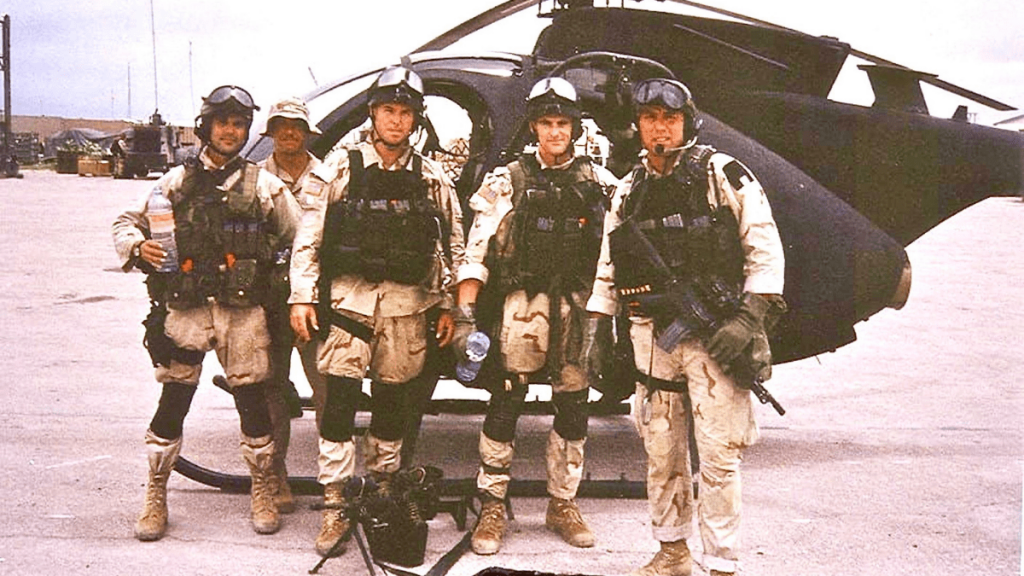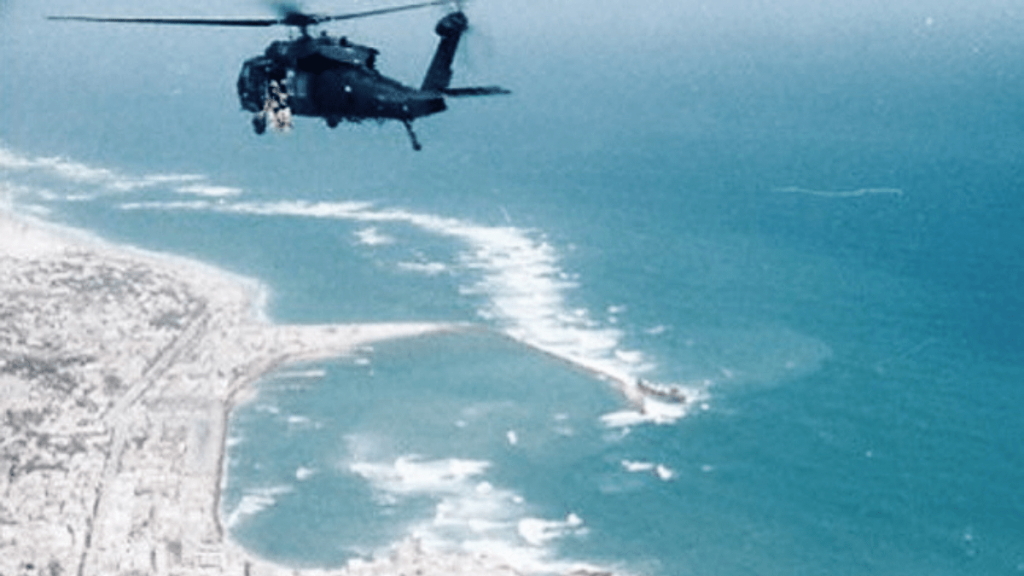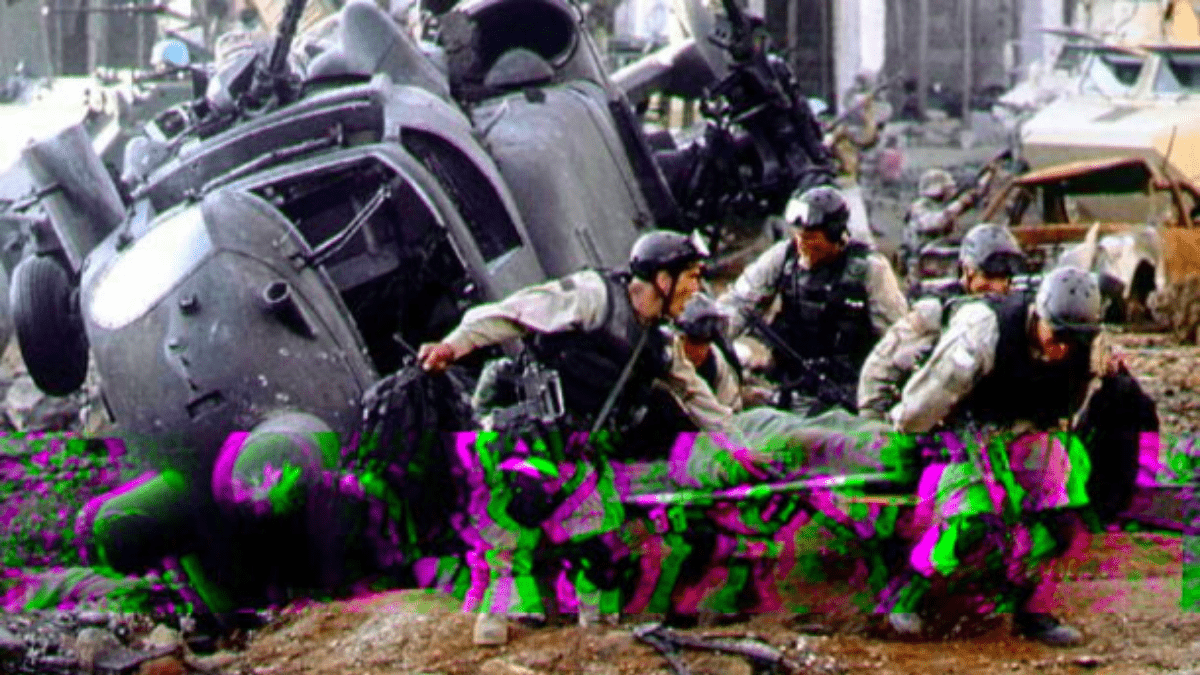We’ve all seen the movie Black Hawk Down which portrayed the infamous Battle of Mogadishu during Operation Gothic Serpent on the big screen. The real crash footage, released by 60 minutes on the 20th anniversary of the mission, is not so widely shared. In this article, we’re going to look at the original footage of the “Super six one” Blackhawk being shot down in Mogadishu and the subsequent battle to defend it.
One of the most infamous scenes of the Black Hawk Down movie, where the helicopter is defended against overwhelming numbers of Somali fighters, can be seen in real life in this combat footage. In my opinion, the movie fails to capture the true intensity of the communications at 0:30.
The True Story of Black Hawk Down
The downing of the Black Hawk Down incident took place in the Battle of Mogadishu which was the most infamous incident of Operation Gothic Serpent. The operation was aimed at capturing Somali warlord Mohamed Farrah Aidid and was conducted by United States special operations forces, supervised by the Joint Special Operations Command (JSOC), during the Somali Civil War.

As the Somali civil war began to worsen, the country was threatened by a catastrophic famine. This led to UN intervention with the aim of providing aid and averting said famine. The UN mission soon turned into one aiming to bring back a secure government to Somalia and establish democracy. Mohamed Farrah Aidid was a major obstacle to this mission and refused to cooperate with the United Nations.
On the 3rd of October 1993, Task Force Ranger of the U.S. military was tasked with capturing two high-ranking figures in Aidid’s faction through a combined air and ground assault. Although the targets were captured, the mission soon turned to carnage. Despite originally only planned to last one hour, it turned into a running gun battle and a stand off that ran through the night until the morning of October 4th.

The air assault during the operation was carried out by American Sikorsky UH-60 Black Hawk helicopters. As they manuevered above the warren of streets in Mogadishu, two of them were shot out of the sky by Somali militia armed with RPG-7s. In a desperate fight to defend the soldiers who survived the crash, a grim firefight raged through the night between U.S. forces and countless irregular Somali fighters.
As the situation grew dire, an armored convoy was deployed on the morning of the 4th October in an attempt to rescue the surviving U.S. soldiers. The convoy battled its way through the streets of Mogadishu and various troops inside were killed. They were able to make it through and rescue the survivors.
“Mogadishu was like the postapocalyptic world of Mel Gibson’s Mad Max movies, a world ruled by roving gangs of armed thugs. They (U.S.) were here to rout the worst of the warlords and restore sanity and civilization.â€
– Mark Bowden, Black Hawk Down: A Story of Modern War
In the aftermath, 19 American soldiers had been killed and 73 wounded. 2 were posthomously awarded the Medal of Honor. Additionally, Malasian and Pakistani forces deployed with the UN mission suffered two deaths respectively and multiple wounded. It’s estimated up to 2,000 Somalians were killed during the battle.
Following the battle, the bodies of slain American soldiers were dragged through the streets of Mogadishu and defiled on camera. All of this was beamed back to the U.S. TV screens to the horror of the public. Subsequently, the Black Hawk Down incident led to a serious shift in U.S. foreign policy. Shortly after, the UN mission to stabilize Somalia pulled out of the country and the civil war continues to be active to this day.

There was speculation that Al-Qaeda was responsible for training some of the Somali fighters, including those who shot down the Black Hawk Helicopters. In the wake of the incident, the terror group mocked the U.S. withdrawal from the war-torn country. Additionally, it’s believed the experience of the Black Hawk Down incident was a leading factor in the Clinton administration’s choice of not intervening in the genocide in Rwanda due to the reluctance of further involvement in Africa.














[…] Black Hawk Down – Real Crash Footage of “Super six one†[…]